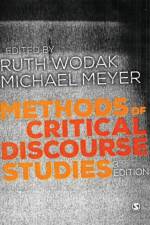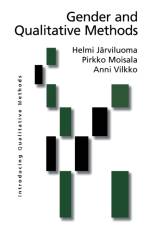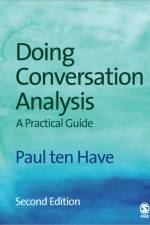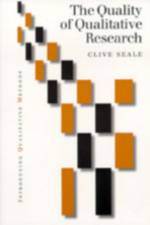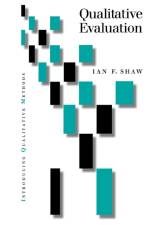- A Practical Introduction to Categorization Analysis
von Georgia Lepper
253,00 €
`This is a very fine introduction to the tradition and practice of categorisation analysis, a method for analysing language derived from the work of Harvey Sacks. Georgia Lepper conveys with great effectiveness and simplicity the basic principles of this method, and enables the reader to apply it in practice. Through a series of practical exercises and worked examples, the reader is taken through the necessary steps to achieve full independence in practice of this important analytic method. A great deal of practical wisdom and experience has gone into this book, and it will undoubtedly be of great assistance to students and researchers seeking to apply this still innovative approach to qualitative data analysis' - Clive Seale, Goldsmiths College, University of London`A stunning introduction to categorization analysis! Georgia Lepper is a master teacher and her book a major achievement. Sensibly organized, amply illustrated, and deftly instructive, this remarkably clear text is a pedagogical milestone in the area' - Jaber F Gubrium, University of FloridaThis is the first practical book on how to apply Harvey Sacks' `membership categorization analysis' technique, an increasingly influential method for conversation analysis. Categorization analysis is a method for the study of situated social action and offers a complementary method to the traditional sequential analysis used in the study of naturally occurring talk and text.The author provides an understanding of the concepts through an analysis of data samples and a series of exercises. Later chapters discuss the application to a variety of disciplines. Examples used to illustrate the approach include, talk, text and images, narratives, stories and organizational settings.The practice of research is further elucidated in the use of an extended case study and the topics of reliability, validity and ethics are also covered. Additional features include suggested further readings at the end of each chapter and a glossary of terms.The book will be invaluable to students and beginning researchers in the disciplines of linguistics, sociology and anthropology, and other main users of conversational and narrative analysis methods, in cultural studies, ethnography, organization studies, discursive psychology and psychotherapy, who are seeking empirical methods for the study of the phenomena of everyday interaction.This book can be used as a companion volume to Doing Conversation Analysis: A Practical Guide also published in the Introducing Qualitative Methods series.



